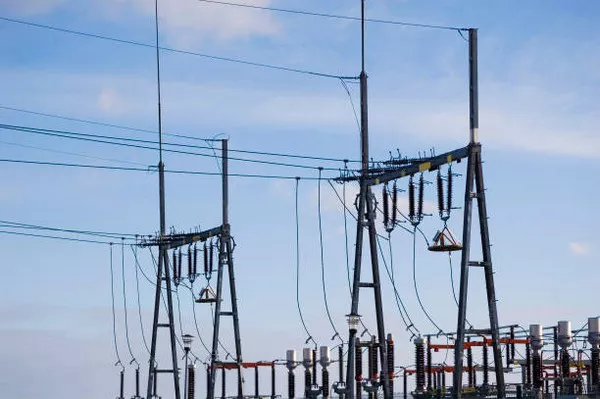Transformers are indispensable components in the realm of electrical engineering, serving as pivotal devices that facilitate the transmission and distribution of electricity across vast networks. Their significance lies in their ability to regulate voltage levels, ensuring efficient and safe power delivery to end-users. Understanding the intricacies of transformers is essential for engineers, technicians, and enthusiasts alike. In this article, we delve into the fundamentals of transformers, exploring their construction, principles of operation, types, applications, and the vital role they play in modern electrical systems.
Understanding Transformers:
At its core, a transformer is a static device that transfers electrical energy from one circuit to another through mutual electromagnetic induction. It consists of two or more coils of insulated wire, known as windings, which are wound around a common magnetic core. The primary winding receives electrical energy from the input source, while the secondary winding delivers the transformed output to the load.
Principles of Operation:
The operation of transformers relies on Faraday’s law of electromagnetic induction and the principles of magnetic flux. When an alternating current (AC) flows through the primary winding, it generates a changing magnetic flux in the core. This varying magnetic field induces an electromotive force (EMF) in the secondary winding, causing current to flow through the load connected to it. The ratio of the number of turns in the primary winding to the number of turns in the secondary winding determines the voltage transformation ratio of the transformer.
Types of Transformers:
Transformers are categorized based on various criteria, including their application, construction, and voltage levels. Common types of transformers include:
Power Transformers: These transformers are used in transmission and distribution systems to step up or step down voltage levels for efficient power transfer.
Distribution Transformers: Found at distribution substations, these transformers reduce the voltage from transmission levels to levels suitable for commercial and residential use.
Instrument Transformers: This category includes current transformers (CTs) and potential transformers (PTs), which are used for metering, protection, and control purposes in electrical systems.
Isolation Transformers: These transformers electrically isolate the primary and secondary circuits, providing safety and preventing ground loops in sensitive equipment.
Applications of Transformers:
Transformers find widespread application across various industries and sectors, including:
Power Generation: Transformers are used in power plants to step up the generated voltage for efficient long-distance transmission.
Transmission and Distribution: They play a crucial role in transmitting electricity over long distances and distributing it to consumers at appropriate voltage levels.
Industrial Applications: Transformers are employed in industrial machinery, manufacturing processes, and equipment to supply power at suitable voltages.
Renewable Energy Systems: They are integral components in renewable energy systems such as wind farms and solar power plants for connecting to the grid and managing voltage fluctuations.
Electronics and Telecommunications: Transformers are used in electronic devices, telecommunications networks, and signal processing equipment for impedance matching and voltage regulation.
See Also What Type Of Oil Is Used In Transformers
Efficiency and Losses:
While transformers are highly efficient devices, they are not entirely devoid of losses. Common losses in transformers include:
Copper Losses: Also known as I²R losses, these losses occur due to the resistance of the windings, resulting in heat generation.
Iron or Core Losses: These losses, also called hysteresis and eddy current losses, occur due to the magnetization and demagnetization of the core material with each cycle of alternating current.
Efforts to minimize these losses have led to the development of advanced transformer designs and materials, contributing to improved efficiency and performance.
Transformer Maintenance and Monitoring:
Proper maintenance and monitoring are essential to ensure the reliable operation of transformers and prevent costly downtime. Some key maintenance practices include:
Regular Inspections: Visual inspections of transformers for signs of overheating, leaks, or physical damage.
Oil Sampling and Analysis: Periodic sampling and analysis of transformer oil to assess its condition and detect potential issues such as contamination or degradation.
Temperature Monitoring: Monitoring of winding and oil temperatures to detect abnormalities that could indicate internal faults or overloading.
Diagnostic Testing: Performing diagnostic tests such as insulation resistance testing, power factor testing, and partial discharge monitoring to assess the overall health of the transformer.
Conclusion:
Transformers are integral components of electrical systems, serving to regulate voltage levels and facilitate the efficient transmission and distribution of electricity. By understanding the principles of operation, types, applications, and maintenance requirements of transformers, engineers and technicians can ensure the reliable and safe operation of electrical networks. With ongoing advancements in technology and materials, transformers continue to evolve, contributing to the efficiency, reliability, and sustainability of modern electrical infrastructure.

